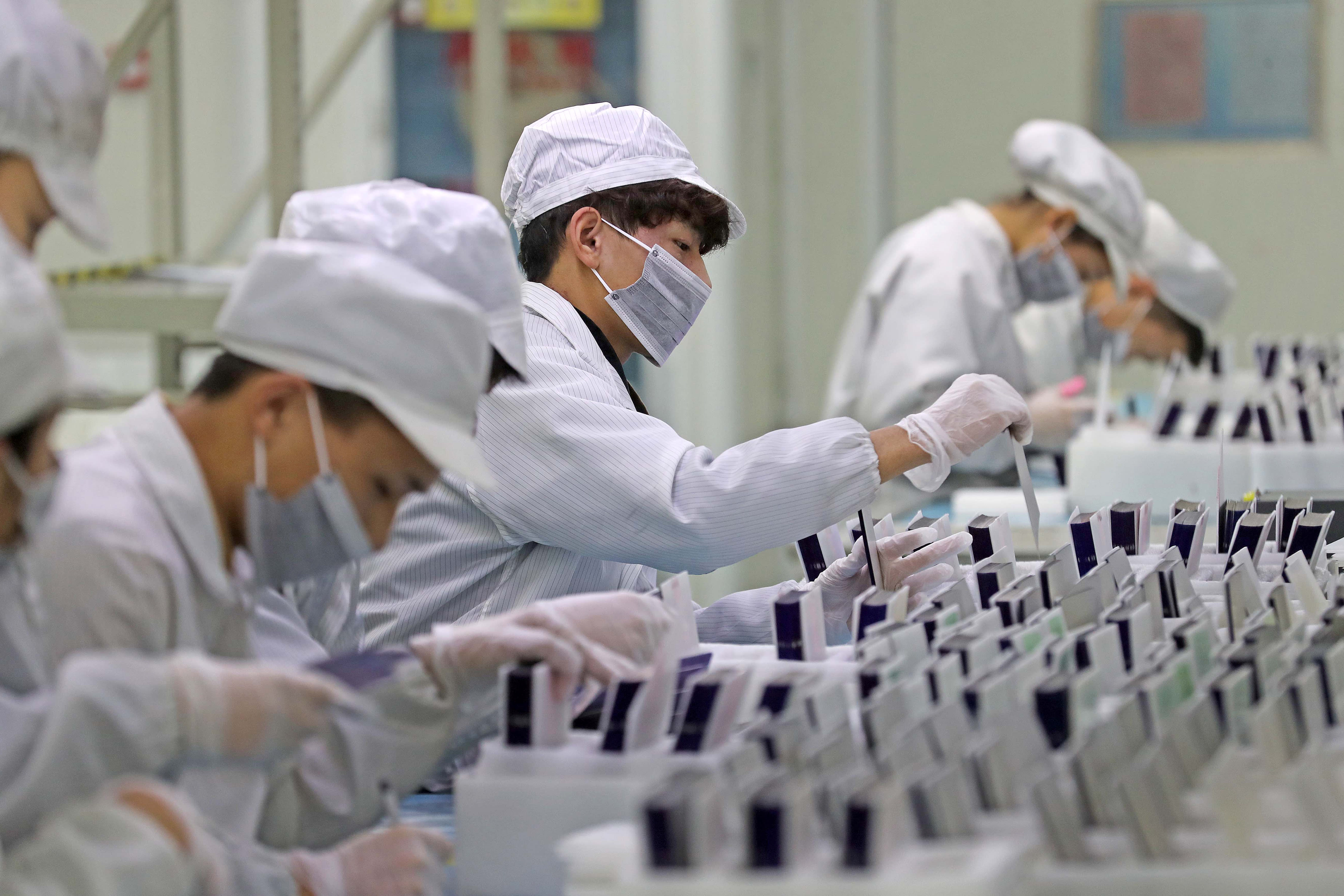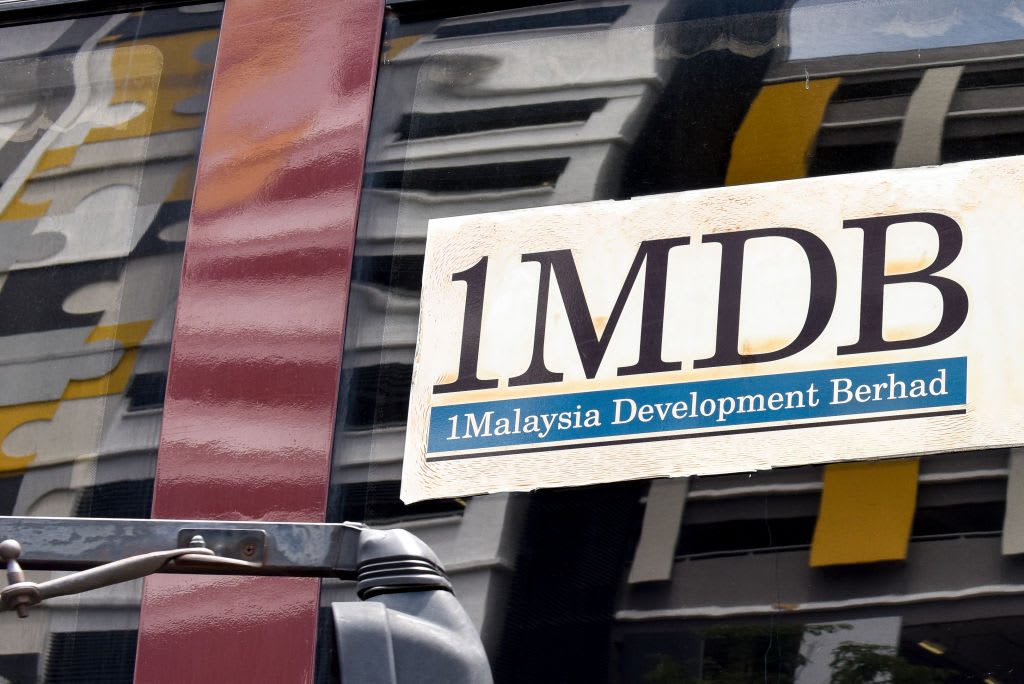
Workers are seen at a production line manufacturing solar photovoltaic components at a factory in Huzhou, Zhejiang province, China February 12, 2019.
Lin Yunlong | Zhejiang Daily | Reuters
China on Thursday reported that factory activity shrank for the sixth straight month in October, with the official Purchasing Managers’ Index for manufacturing coming in at 49.3 in October.
Analysts polled by Reuters had expected October’s official manufacturing PMI to remain flat. PMI readings above 50 indicate expansion, while those below that level signal contraction.
In September, the official manufacturing PMI was 49.8, according to the country’s statistics bureau.
The PMI is a survey of how businesses view the operating environment. Such data offer a first glimpse into what’s happening in an economy, as they are usually among the first major economic indicators released each month.
China’s PMI data is closely watched by global investors for signs of trouble amid a domestic economic slowdown and the ongoing U.S.-China trade dispute.
Policymakers have limited options to boost growth, particularly in the area of monetary policy such as cutting interest rates. Pork prices — a staple food — have soared this year due to a viral outbreak, driving up food prices.
“You just have to tough it out really,” Hao Hong, head of research and chief strategist at the Bank of Communications International, told CNBC on Thursday.
“This is really a sort of an embarrassing quandary that the central bank can’t cut interest rate to boost growth, so as a result, the Chinese market tends not to do very well when the economy is slowing down while inflation is rising,” he told CNBC’s “Street Signs.”

